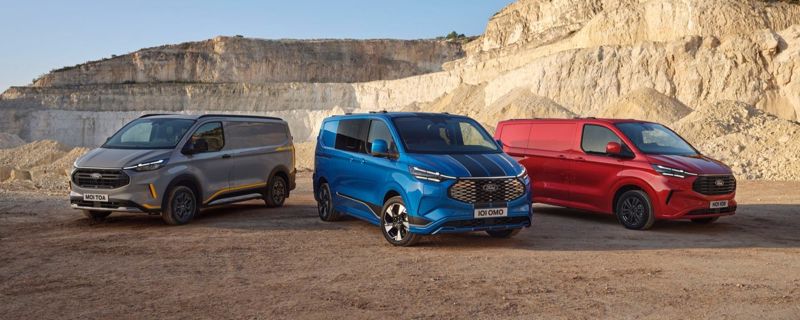Explorer - 261 Promotion


A hybrid car, in the simplest way explained, is one that uses two different energy sources to maximise efficiency. This usually means combining electrical energy stored in batteries, with the combustion energy of petrol or diesel fuel.
If you’re considering making the switch to an electrified vehicle, then it’s important you understand the differences between them. Call us today and we'll help you to find the right fit.
Book an Appointment Contact Us
ALL-ELECTRIC
All-electric vehicles run on battery power alone. Zero fuel. Zero emissions on the road. So, they’re better for the environment and, with government purchase incentives, reduced road tax and no penalties in some low emission zones, they’re good for your wallet too. Typical saving of €1,557.60 based on 20,000 km per annum, fuel economy 7.7L/100km, fuel cost €1,44/litre, domestic electricity cost of £0.20/kWh and all charging carried out at home
PLUG-IN HYBRID (PHEV)
Plug-in Hybrid Vehicles (PHEV) have all the functionality of full Hybrid technology, with the added advantage that they can be charged from an external electricity supply. The larger capacity of the battery makes them capable of zero-emissions while driving for ranges of up to 56 kilometres, with the ability to switch to Hybrid mode to conserve battery life and to petrol or diesel-only for longer journeys.
HYBRID (HEV)
The average cost of charging an electric vehicle to travel 100km is typically lower than the average cost of petrol or diesel over the same distance. Sometimes, their environmental credentials can attract government subsidies which make them an even more attractive option. The battery in a Hybrid Vehicle is recharged by a combination of regenerative braking and by the engine, not from plugging into a mains power source - so you never need to find charging points. The Hybrid transmission is fully automatic and does not come with a manual gearbox.
MILD HYBRID (MHEV)
These vehicles have an internal combustion engine, but they also have a larger battery and more powerful motor. This provides more assistance to the engine and enables the vehicle to drive parts of short journeys at low speeds using the electric motor alone. And thanks to the conventional engine, driving range isn't an issue. This is because the vehicle is capable of using both battery and the internal combustion engine. Mild Hybrid powertrains can be a cost-effective way to join the electric revolution. They are also a great option for people who do a lot of shorter journeys, especially around town and at lower average speeds.
How do I charge my Electric/Hybrid vehicle?
Ford is offering a number of practical ways to ensure your Plug-in Hybrid or All-Electric vehicle’s battery is kept charged. Depending on the type of electric car or van you choose, there are a variety of Charging options and solutions we can provide. We want to make Charging your Plug-in hybrid or electric vehicle as easy and painless as possible.
There are 3 ways in which you can charge your vehicle.
NEW VEHICLES | ALL-ELECTRIC FORD EXPLORER

NEW VEHICLES | NEW FORD PUMA GEN-E
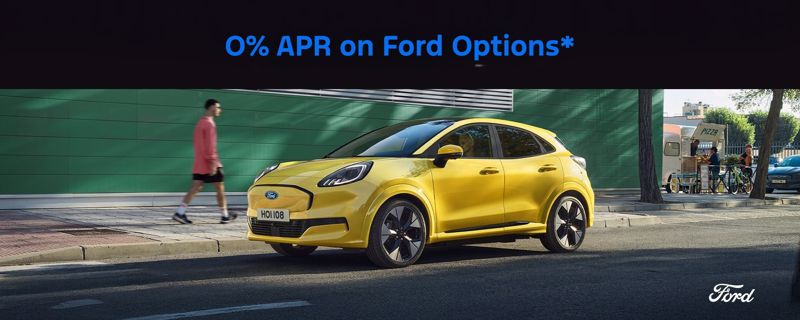
NEW VEHICLES | ALL-ELECTRIC FORD CAPRI
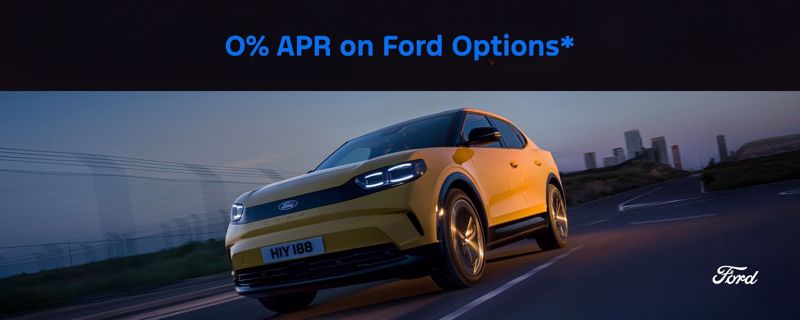
NEW VEHICLES | FORD PUMA

NEW VEHICLES | FORD KUGA
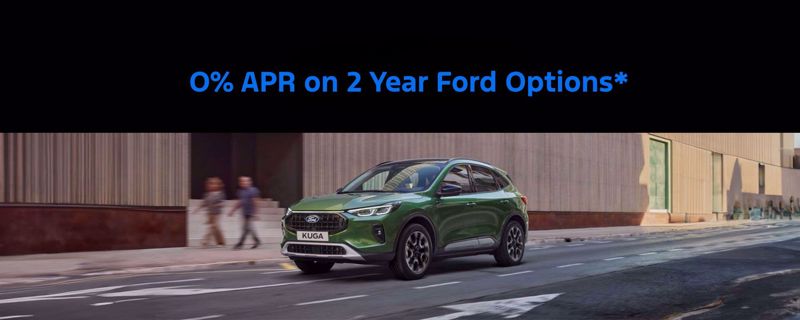
NEW VEHICLES | FORD FOCUS

COMMERCIALS | FORD TRANSIT COURIER
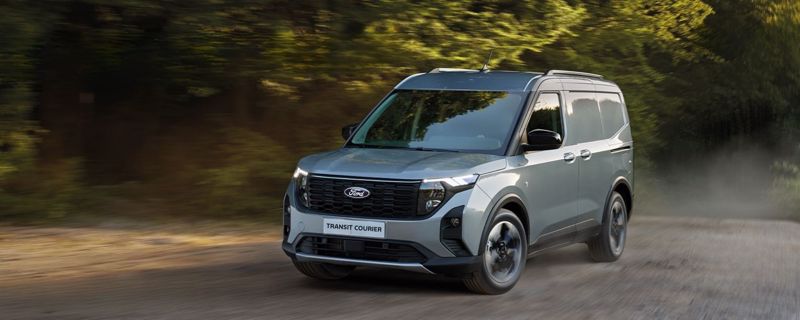
COMMERCIALS | FORD TRANSIT CONNECT
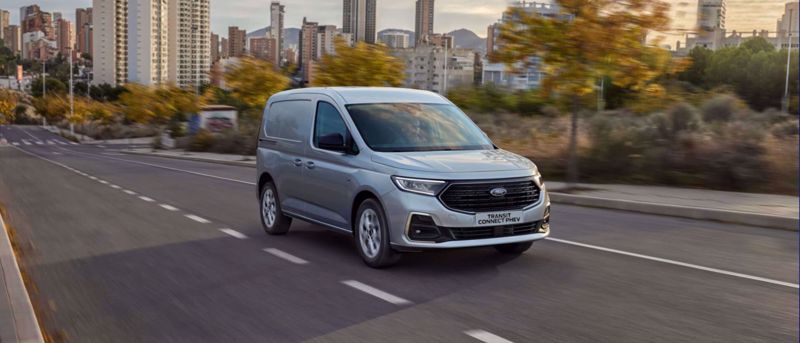
COMMERCIALS | FORD TRANSIT CUSTOM
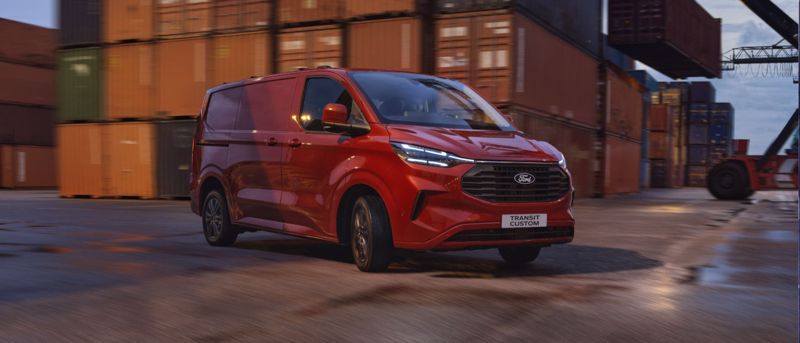
COMMERCIALS | FORD TRANSIT CUSTOM
